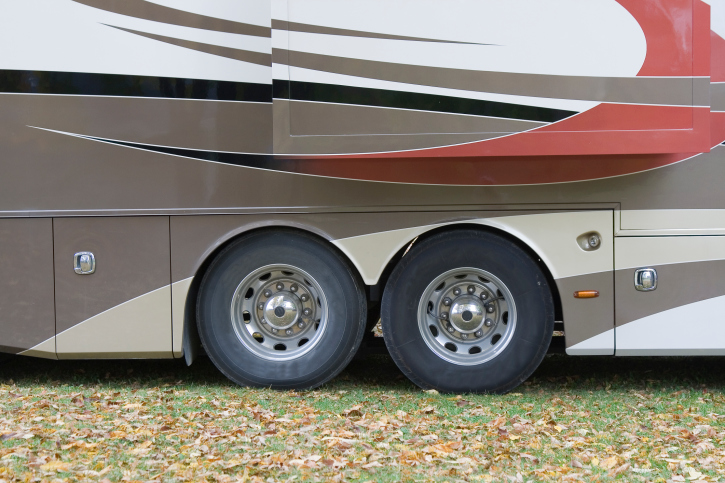Well, as we all have probably experienced, keeping the air pressure at the required pressure is an ongoing task. It normally requires that the pressures are topped up at least every 3 months or so. This need is driven by constantly escaping oxygen monocles that are small enough to migrate through the tire casing.
The compressed air found in most auto and truck tires contains about 21% oxygen, 78% nitrogen and a balance of mixed gases. In addition to the oxygen passing through the tire casing, moisture in the air is the other issue. This moisture can be corrosive to both steel and aluminum wheels.
So, what’s a better solution? The use of dry nitrogen in place of the normal compressed atmosphere air would meet that need. This offers several advantages. The first of which is less need to top up. Nitrogen does not migrate through the casing in the same manner of oxygen. Nitrogen also does not expand or retract as much as normal air with the temperature changes in both weather and the heat of driving. This reduces the wide pressure differences experienced between parked and rolling at highway speeds. Additionally, nitrogen is very dry and therefore does not subject the wheels to the corrosion that the standard humid air filled tires do.
Topping them up when needed is a non-issue as you can simply go to your local tire service center and let them do the job. If a service center is not near, normal compressed air can be used to fill or top up an under inflated tire.
So, there are benefits derived from using nitrogen filled tires. They work for high speed racing cars and for many aircraft tires. These are, of course, unique applications, but then so are some of our RV’s. It might be worth trying. Then at least you can count on less time topping up the tires and more time topping up your evening beverage. Enjoy.
